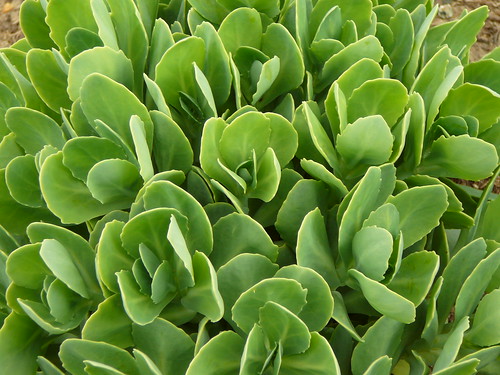Carnivorous plants do exist, and they exist on every continent in the world except Antarctica. A carnivorous plant is a plant that receives most of its nutrients by consuming animals or insects.
Carnivorous plants are not the most commonly discussed plants, and many people don’t even know that they truly do exist. The following information will help you learn more about carnivorous plants and give you insight into their truly unique world.
 Carnivorous plants come in two main groups.
The Venus Flytrap, pitcher plants, and Waterwheel are three of the most popular carnivorous plants, but there are over 600 types of carnivorous plants in the world, and every single of one of them can be placed in one of two groups. These groups are based on the plant’s trapping technique. There are passive trap carnivorous plants, in which the plant receives its food by having an animal or insect get stuck to it or fall into its digestive system. And then there are active trap carnivorous plants, in which the plant actively locates its pretty in order to eat it.
 Carnivorous plants have five basic trapping techniques.
In order to survive, carnivorous plants receive most of their nutrients from animals and insects, and in order to get these nutrients, they need to trap their prey. There are five basic types of trapping mechanisms that carnivorous plants use. The first is known as a pitfall trap, in which prey is trapped in a rolled leaf and then consumed. The second trap is known as a lobster-pot trap, in which the prey is forced to move towards a plant’s digestive organ. The third trap is known as a flypaper trap, in which a plant emits a sticky substance that will trap any small animal or insect that lands on it. The fourth trap is known as a bladder trap, in which a plant has an internal vacuum-like organ that sucks prey down into its digestive system. The fifth and final trap is known as snap trap, in which plants rapidly move their leaves in order to stun or kill their prey.
 Carnivorous plants prefer nutrient dense soil.
The majority of carnivorous plants can be found in nutrient-dense soil. Most of the plants prefer to live in soggy soil, preferably near bogs. But there are some that also prefer warmer and drier areas and can be found near deserts.
 Carnivorous plants will not eat humans.
As children we always heard about man-eating plants, but carnivorous plants will not eat humans, so have no fear. For the most part, most carnivorous plants rely on small insects, such as flies and mosquitoes. If a carnivorous plant is located near water, it may eat small fish or frogs. On the rare occasion, some carnivorous plants have also been known to eat birds. But carnivorous plants pose absolutely no threat to humans, so you don’t have to fear for your life if you come across one.
 Most people don’t know much about carnivorous plants, but they truly are an amazing species. If you ever have the chance, you should try and watch a carnivorous plant in action. It truly is a sight to see.
Mariana S works for Franklin Pest Control, Indiana’s trusted exterminators.